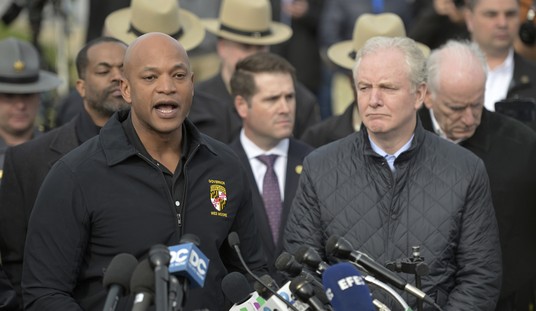Lotta buzz for this poll in righty social media this morning but it would have been more interesting, and illuminating, if the AP had tested a range of prices. $85 is a 70 percent mark-up from $50. Would Americans be willing to pay, say, a 40 percent mark-up for the same goods if they were made in America? 20 percent? Presumably there’s some premium that a majority would be willing to swallow to encourage more manufacturing here. The fact that 30 percent of those polled said they’re willing to pay even the outlandish mark-up proposed in the AP’s example is proof that it’s not a niche sentiment. Fully 71 percent said they’d like to buy more American-made goods but they’re either too costly or too hard to find.

Trump’s proposal of a 45 percent tariff would bump up the cost of the foreign-made pants to $72.50. How many Americans would opt for the U.S.-made alternative in that case? It’d be nice to know — although, if you’re going to test that, you’d also have to test how many people would decide they didn’t need pants after all once the price of both pairs soared north of $70. Some percentage might buy American if you made foreign goods more expensive but another segment would decide that they’re priced out altogether. Others would shop around for cheaper, lower quality pants. A spike in consumer dissatisfaction is unavoidable as prices rise. What sort of compensating spike in demand for American-made goods should we insist on to justify it?
Another flaw: They could have tested how much more willing people would be to buy the $85 pants if they were taking home a little more money each year in income. That’s the promise of protectionism, after all. Jobs will come home, that will put more money in more people’s pockets, that in turn will stimulate growth, and everyone wins. Would people pop for the more expensive American pants if they were pulling down, say, another five percent a year? Or … would they still buy the cheaper foreign pants and apply their savings to buying other cheaper foreign goods, in order to maximize their purchasing power? Would they be okay paying 45 percent more for pants if they’re only taking in five percent more income? And, er, what happens if all of those crazy free-traders are right and protectionism actually ends up costing America jobs as a trade war leads to reciprocal tariffs being slapped on American goods? Demand for our stuff will shrink overseas as it becomes more expensive. If that loss of demand isn’t offset by a gain in demand here at home, manufacturers will be forced to tighten their belts. What happens to the market for pants once people start getting laid off?








Join the conversation as a VIP Member